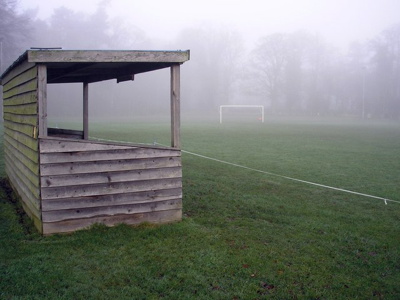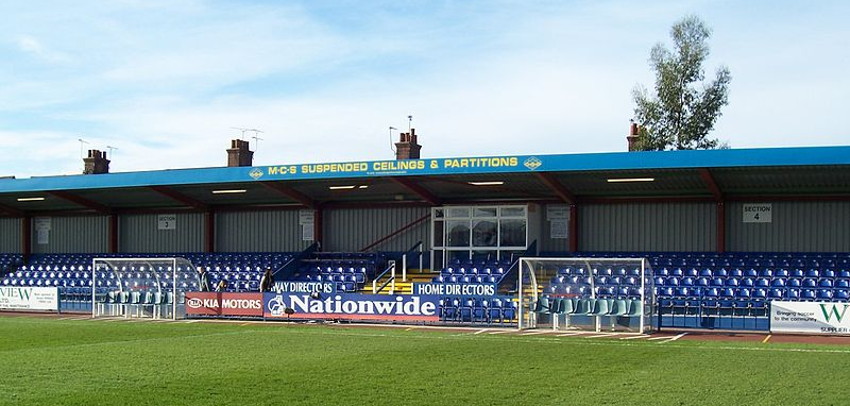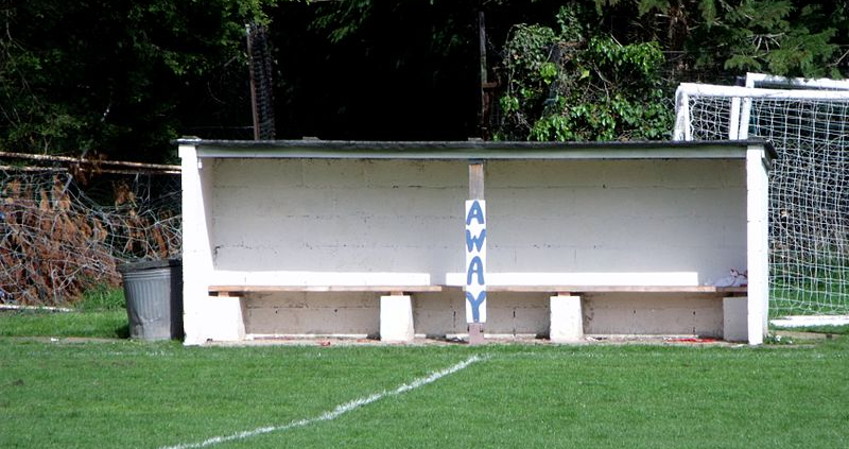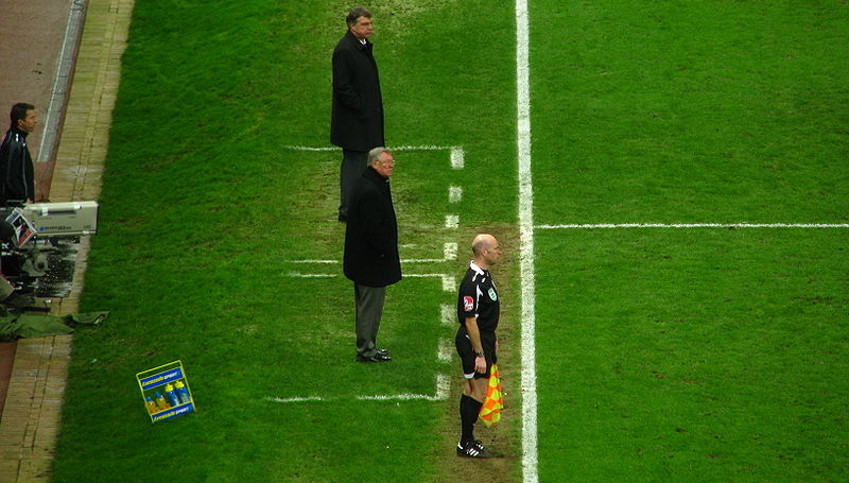 Is there a more random thing in football than the ‘dugout’? Nowadays it’s referred to more commonly as the technical area, but that doesn’t make it any weirder, when you think about it.
Is there a more random thing in football than the ‘dugout’? Nowadays it’s referred to more commonly as the technical area, but that doesn’t make it any weirder, when you think about it.
There is no way that the side of the pitch is the best place to be when trying to make out what’s happening on a football pitch. It’s why television companies don’t use the steady-cam view for the entire broadcast of a match, for example, and it’s why the most expensive tickets are ones that offer a full view of the pitch from higher up rather than the ones just in front of the hoardings. Yet if a manager dares to sit up in the stands then they’re lambasted for not being on the sideline and in touch with their players.
Where, then, did the idea for a dugout come from? Why was it developed in the first place and how has it become the area that it is today? There are certain aspects to football matches that we take for granted. Why are the pitches outlined the way that they are, for example? What’s the point in corner flags? Where did the idea of showing yellow and red cards come from? These are all questions that we’ve answered elsewhere on this site, so it seemed natural to take on the question of dugouts as the next thing on our list.
We’ll do our best to explain the logic behind one of the strangest aspects of a football match, though we can’t promise to explain why managers continue to use them even in the day and age of developing technology that would allow them to communicate with their coaching staff easily enough from a more elevated position…
Who Invented The Dugout and Why Did It Catch On?

Donald Colman was born in a small village in Scotland on the 14th of August in 1878. He was a football fanatic, falling in love with the game from an early age and having to lie to his parents about it in order to sign up for his local team. He was born as Donald Cunningham, you see, changing his name to Donald Colman in order to stop his mum and dad finding out that he’d be playing football every weekend.
He went on to play for Aberdeen more than three-hundred times, got four Scotland call-ups and might have been more successful if he hadn’t been called up for World War One. He continued to play briefly when he returned from the War but had also developed an interest in coaching and eventually got a job as a player coach for Dumbarton.
It wasn’t just Dumbarton where Colman earned his stripes. In the summer he would travel over to Norway to work with football coaches there and learn some ideas from them. It was here that he first observed the idea of managers being stood under a shelter, with the Norwegian coaches standing in what were essentially open-fronted bus shelters as they watched their teams play.

As a coach he began to believe in the importance of watching a player’s footwork closely, so when he was invited back to Aberdeen as a coach in 1931 he decided to see if there was anything he could do to help him watch the players even more intently. He asked the groundskeepers at Pittodrie Stadium to literally dig out the ground at the side of the pitch, covering with an open-fronted shelter similar to those that he’d seen in Norway.
From his new vantage point, Colman could watch the footwork of his players during the match and get a real sense for whether they were doing in real-life what he’d been working with them on in training. He also realised that the roof meant that he could make notes about his players without them getting wet in the miserable Scottish weather.
Later in the 1930s, Everton Football Club played against Aberdeen in a friendly and the club staff liked the idea of a sunken dugout so much that they installed one at Goodison Park when they returned to England. So it was that a football-obsessed Scotsman helped to create one of the most iconic and, if we’re honest, bizarre aspects of a football pitch and spread it around the United Kingdom and, eventually, the world.
The Development From A Dugout To A Technical Area

When Colman came up with his idea of having a dug out area of the pitch surround from which he could observe his players, it was in the days when the only people located in there were the manager, his coaches and a trainer who would normally double-up as something of a physio. When substitutes were introduced to the game of football in the 1960s, the area on the side of the pitch naturally had to grow in size to accommodate them.
Even then it was still kept low down, as many iconic images of football manages over the years will testify to. It was only when the professionalisation of football saw substitutes being added to with several coaches, physios and assistants that the need to move above ground occurred. Indeed, it wasn’t until 1993 that the technical area was established in and defined by FIFA’s Laws of the Game. The rules now state exactly how long it’s allowed to be and how far from the pitch it should be located, as well as rules on where the manager and his staff are allowed to go.
Some football managers will occasionally sit higher up in the stands in order to get a more all-encompassing view of the pitch, chatting to his coaches via radio in order to dish out any instructions that they want carried out. When they do this, however, they tend to be disliked by supporters who feel that they should be closer to the pitch in order to get their passion across to their players. George Graham at Arsenal and Sam Allardyce are two manager who used to sit in the stands for the first-half and then move to the side of the pitch for the second period.
In a book called ‘Tales From The Dugout’ by Richard Gordon, former Scotland manager Craig Brown claims that he considered having the dugout at Hampden Park put on hydraulic legs that could have put him in a more elevated position if necessary. Despite this quite ridiculous claim, it’s unlikely that there’ll be any major developments to the technical area any time soon.
